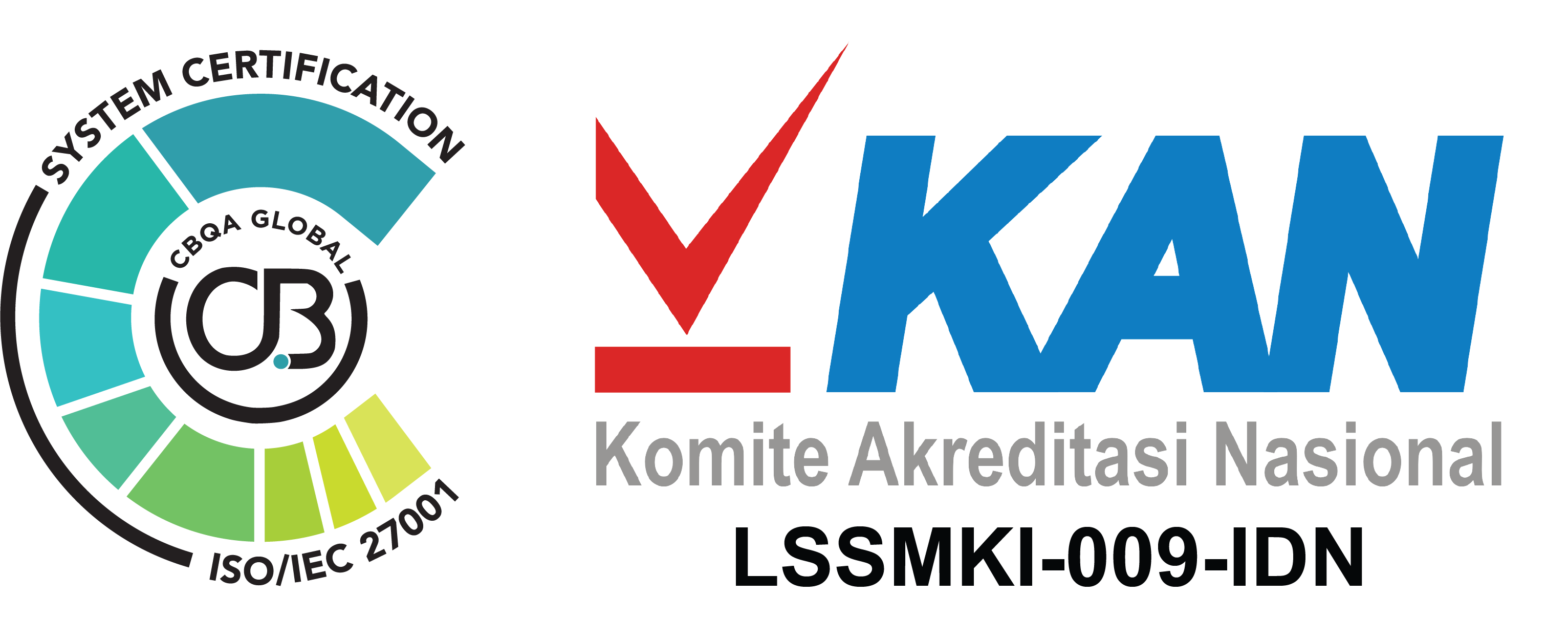Wall Street’s major indexes closed in the red for the second consecutive day on a highly volatile Wednesday & Thursday (August 16 & 17, 2023), as buoyant economic data fueled concerns that interest rates will have to stay high for longer. The S&P500 has dropped 2.7% over the last 3 trading sessions, the most 3-day losses since mid-March. The Nasdaq has also fallen 3.4% over the past 3 days, the biggest 3-day drop since February. In addition to the 10-year US Treasury yield hitting its highest point since October, several strong economic data have been released this week fueling concerns that the Fed will still hold its tight monetary policy. Most market participants expect the Federal Reserve to keep interest rates at current levels in the September FOMC Meeting, although that probability has fallen to 86.5% from around 89% a week earlier, as quoted by the CME Group FedWatch tool. On Wednesday, the US reported July Industrial & Manufacturing Production which increased by 1.0% mom and 0.5% mom respectively on a monthly basis; both above expectations. While July’s Building Permits and Housing Starts also experienced an increase on a monthly basis of 0.1% mom and 3.9% mom respectively; again both above estimates. Additionally, on Thursday, the US released Initial Jobless Claims data at 239k, slightly better than the 240k estimate, indicating that the labor market is still tight. Even the Philadelphia Fed Manufacturing Index for August rose significantly to positive territory of 12 (the first positive reading since September last year), soaring higher than both the forecast and the previous period in the negative territory; signaling manufacturing conditions in the Philadelphia region are improving. Minutes from the Federal Reserve’s July meeting showed most policymakers prioritized the struggle against inflation to continue, adding to uncertainty about the US central bank’s interest rate path. Meanwhile, from the other side of the world, other economic data announced in the past two days are South Korea, which reported its third Trade Balance surplus of the year, after being in deficit since April 2022. However, Japan unexpectedly reported a July Trade Balance deficit of 78.7 billion Yen, down from the expected and previous period surplus. Speaking of Trade Balance, Germany also came out with a surplus Trade Balance (June) of EUR 23 billion, higher than the forecast and the previous period which was a slight deficit of 300 million Euros. Good news came from the UK which managed to report an increasingly restrained CPI from 7.9% in June, this time successfully sloping to 6.8% in July (as expected). The Eurozone recorded an overall Employment Change in Q2/2023 recording an increase of 344,500 new jobs. They had Industrial Production in June also improving further, both on a monthly and annual basis. This morning Japan reported National CPI (July) data which remained firmly in the same position as last month at 3.3% yoy, although there was a decline in Core Inflation to 3.1% yoy (as expected). Later in the day, global economic data awaited are UK Retail Sales (July) and Eurozone CPI & Core CPI (July).
Considering the closing position of JCI last Wednesday before the Independence Day holiday, indeed JCI managed to pull back above MA10 & MA20 Support (back to the 6900 level) but the current position is not necessarily safe from the threat of further decline following the (bullish) Flag pattern; which at the lowest needs to test support around 6820-6800. JCI will only confirm to continue this bullish swing if it is able to close above 6930. Therefore NHKSI RESEARCH suggests that investors/traders should refrain from adding to portfolio positions at the end of this week, and only Average Up if the Resistance is broken.
Download full report HERE.

